
 |
afrominimalista brasileiro |
|
|
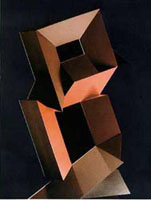 |
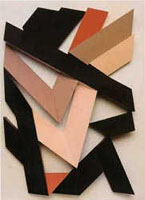 |
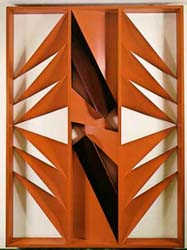 |
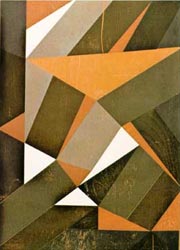 |
| Toten X ango | Yellow Fissure | Relief | |
| "The heart of the Neo-African movement is also outside Africa where in the absence of the tribal system, the Neo-African Artist of the NewWorld, has synthesized an intel-lectual basis for the Neo-African School that has produced an art, a formal integrity of which is a reaffirmation of the Paleo-African canons of art." | 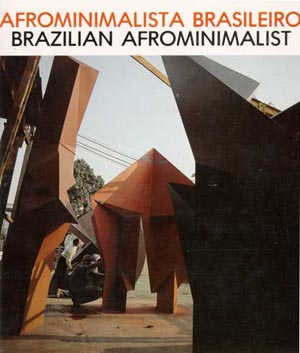 |
"The theories of deconstruction, reduction, frontality, and overall repetition of primary forms and the eschewing of texture, perspective, natural color, narrative and literary content cogent to the minimalist movement in painting and sculpture need to be evaluated in relation to some of the basic formal canons of Paleo-African and Neo-African art:" | |
|
by George Nelson Preston PhD, Professor of Art, The City College of New-York. |
|||
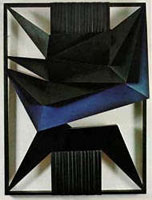 |
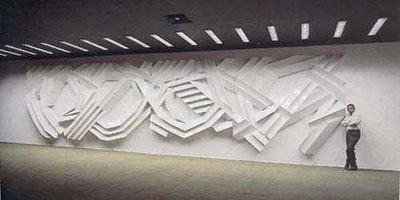 |
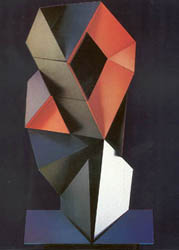 |
|
| Relief - | Composite Profiles | ||
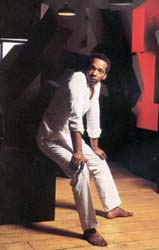 |
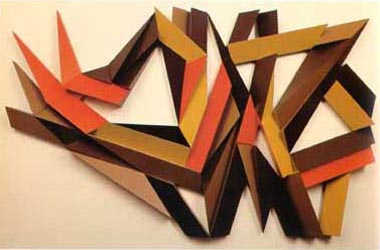
|
|
|
|
Basic formal canons of Paleo-African and Neo-African Art: Tension between an implied and actual axis. Tension between implied and actual symmetry. Rhythmic stacking or piling of a primary geometric form in the configuration of a mass, plane, negative or positive area of space, concave or convex forms, closed or open form. Regularity of an overall rhythm or pattern interrupted by randomly arranged adherent motifs, formal surprises, or fuguelike inversions of the pattern's basic unit. Lack of conformity between painted areas and the surfaces of planes. Visual punning in which reduced forms become ambivalent and may be read as alternately representing one thing or its synonym or antithesis. Pars pro toto motifs which use a salient aspect of a thing to represent its entirety. Mixed media combinations of what to the Westerner appear as irrationally related textures, patterns, colors, objects or ideas. |
|||
| NeoAfricanist Art | Modern Art | Deconstruction Art | Books | Support | Site Map |
 |